This article was medically reviewed by Joseph Krajekian, DMD. Dr. Krajekian is a board certified Oral and Maxillofacial Surgeon at the Cleveland Clinic in Ohio. He received his DMD from Tufts University School of Dental Medicine in 2002. After obtaining his DMD, Dr. Krajekian went on to obtain his MD from Drexel College of Medicine.
There are 10 references cited in this article, which can be found at the bottom of the page.
wikiHow marks an article as reader-approved once it receives enough positive feedback. In this case, 100% of readers who voted found the article helpful, earning it our reader-approved status.
This article has been viewed 489,878 times.
Studies show that bacteria, sugar, low levels of saliva, lack of fluoride, and improper dental care can damage your tooth enamel, which results in tooth decay.[1] Experts agree that tooth decay leads to dental problems, including cavities, sensitivity, and pain.[2] Fortunately, you may be able to strengthen your tooth enamel with diet and lifestyle changes. However, visit a dentist if you suspect you have a cavity or have a damaged tooth to learn about your treatment options.
Steps
Taking Action to Reverse Enamel Loss
-
1Regulate what you eat and drink. Avoid the sugary, starchy, and acidic foods and drinks are those most likely to create the bacteria on your teeth that becomes acidic and attacks tooth enamel. This bacteria can cause the discoloration, sensitivity, and roughened teeth that are hallmarks of enamel loss.
-
2Improve your nutritional intake. Your body can strengthen weak enamel itself if given the necessary nutrients and minerals. Dark leafy vegetables, dairy, and protein-rich foods contain necessary nutrients. Drink water rather than soda or fruit juice. [3]Advertisement
-
3Include fluoride and enamel-hardening toothpaste or mouthwash in your oral hygiene routine. Fluoride can be in the form of drinking fluoridated water (most drinking water in the U.S. contains fluoride). It could also be in fluoridated toothpaste or mouthwash.Brush your teeth properly with a soft-bristled toothbrush in a brisk circular motion for 2 minutes.
-
4Chew sugar-free gum. The gum promotes saliva production, without the sugar that makes weakened enamel worse. Gum with the natural sweetener xylitol doesn't feed the bacteria that weakens your enamel, and xylitol has actually been shown to strengthen tooth enamel. [4]
-
5Add remineralizing treatments to your oral hygiene routine. Remineralizing gels with calcium phosphate and fluoride have been scientifically proven to help remineralize tooth enamel. Some dentists offer in-office remineralizing treatments or you can do it at home. You can brush remineralizing gel on your teeth if it comes in a pen or you can put it in teeth whitening trays and apply it to your teeth. This is the best way to cover all surfaces of your teeth.[5]
Seeking Help from Dental Professionals
-
1Explore whether tooth bonding would work for you. Tooth bonding might be necessary if your teeth are very rough and discolored. This procedure will smooth and whiten the teeth. This helps them blend in with the teeth around them. Tooth bonding is easier and less costly than getting either a veneer or a crown on your tooth to repair it. [6]
-
2Inquire about veneers. Applying veneers are another option for rough and discolored teeth. A dentist will create a custom-made shell, or veneer, to cover the front of your tooth. The veneer is then bonded to the tooth itself, creating a smooth white surface to repair the affected tooth. [7]
-
3Ask your dentist if you need a crown. Fitting a crown might be necessary to cover and seal the entire tooth to save it if you are suffering from extreme enamel loss. Crowns, like veneers, are custom-made for the patient's tooth. The crown will cover the exposed dentin to prevent infection and act as the enamel did, smoothly protecting the tooth.
Addressing the Causes of Weak Tooth Enamel
-
1Make sure you are producing enough saliva. Dry mouth can lead to weakened tooth enamel. Saliva helps prevent demineralization, and chronic dry mouth is caused by reduced saliva production. Even if you do not suffer from chronic dry mouth, antihistamines, medication, and even wine reduce saliva production. Components in saliva actually maintain and repair your enamel, so dry mouth can be damaging to tooth enamel. [8]
- An autoimmune disease called Sjorgren's disease is frequently associated with having a dry mouth. If you frequently have a dry mouth and dry eyes, see your doctor to get you checked for Sjorgren's disease. You might also have joint pain, swelling, and stiffness; swollen salivary glands; skin rashes or dry skin; vaginal dryness; dry cough; and fatigue.[9]
-
2Monitor stomach-related illnesses. Acid reflux, bulimia, and celiac disease all put you at increased risk for tooth enamel loss. Acid reflux causes stomach acid to travel up your esophagus and even into your mouth. Those who suffer from bulimia make themselves vomit, subjecting their teeth to stomach acid. In both cases, the acid burns away tooth enamel, so make sure any acid reflux condition is under control whether through diet or medication. The reasons for tooth enamel problems among those who have celiac disease are still unclear, but the majority of those with the illness have accompanying tooth enamel problems.
-
3Check to make sure your teeth are not under stress. Grinding and biting can create an enormous strain on your teeth, leading to the possibility of enamel loss. Many people grind their teeth as they sleep and do not even realize it. A night guard for your teeth may help prevent the wear and tear caused by grinding. [10]
Warnings
- Too much fluoride actually ends up causing a condition called enamel fluorosis. The condition can produce problems like discoloration and pitting, so be careful when using fluoride to help strengthen your tooth enamel.⧼thumbs_response⧽
- If a change in your diet produces unusual symptoms like headaches, dry skin, or persistent indigestion, realize that these are warning signs of an allergy or sensitivity. Keeping a food diary might help you track down what is causing those symptoms.⧼thumbs_response⧽
References
- ↑ https://www.urmc.rochester.edu/encyclopedia/content.aspx?ContentTypeID=90&ContentID=P01848
- ↑ https://my.clevelandclinic.org/health/diseases/10946-cavities
- ↑ https://my.clevelandclinic.org/health/diseases/10946-cavities
- ↑ https://www.dentalhealth.org/tell-me-about/topic/caring-for-teeth/sugar-free-chewing-gum
- ↑ http://www.ncbi.nlm.nih.gov/pubmed/20420061
- ↑ https://my.clevelandclinic.org/health/treatments/10922-dental-bonding
- ↑ https://www.healthdirect.gov.au/veneers
- ↑ http://www.merckmanuals.com/home/mouth-and-dental-disorders/symptoms-of-oral-and-dental-disorders/dry-mouth
- ↑ https://my.clevelandclinic.org/health/diseases/4929-sjogrens-syndrome
About This Article
To strengthen tooth enamel and reverse enamel loss, improve your body's overall health by opting to drink water, instead of soda or juice, and by eating more dark leafy vegetables, dairy, and protein-rich foods. While your body can strengthen weak enamel on its own with the right nutrients, you should also make sure to brush your teeth regularly with a fluoride or enamel-hardening toothpaste or mouthwash. For a little more help, talk to a dental professional about tooth bonding to smooth and whiten your teeth, or consider veneers or a crown to cover and protect teeth with more extreme enamel loss. For more tips from our Medical co-author, like how to address the causes of weak tooth enamel, keep reading!
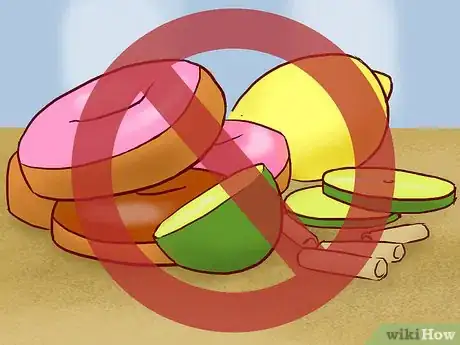
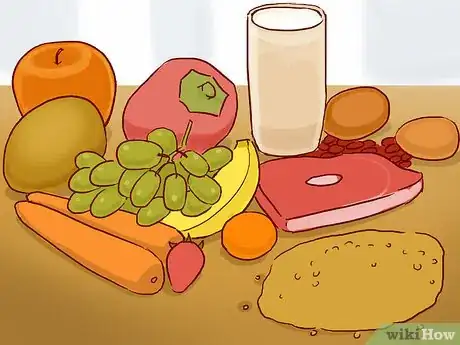
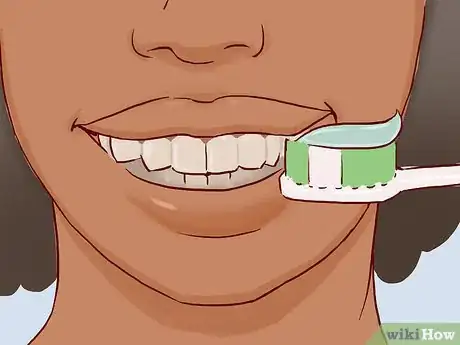
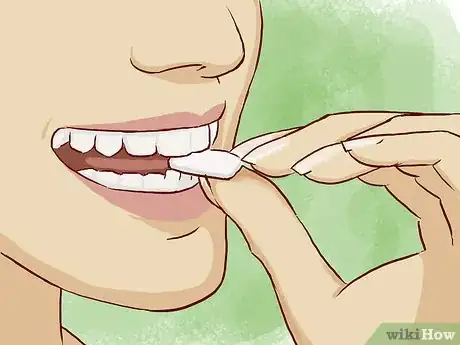
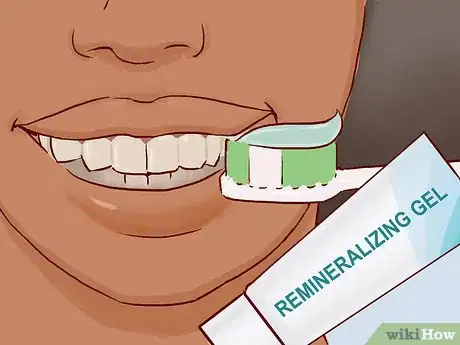
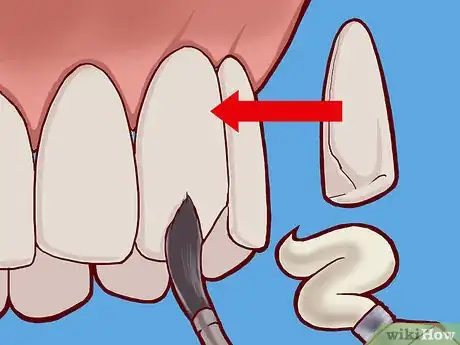
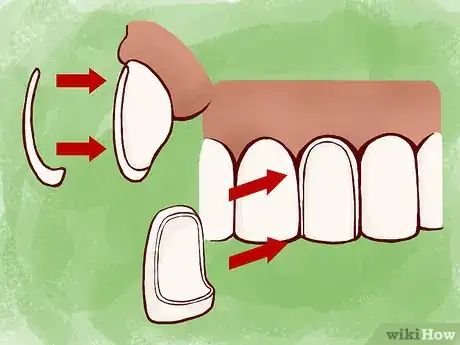
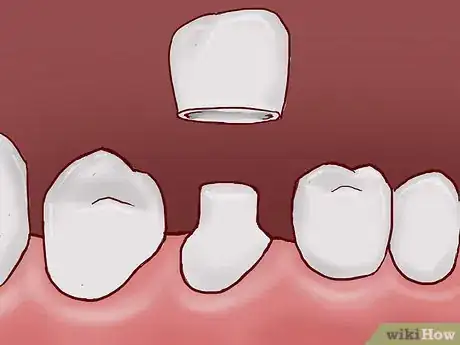
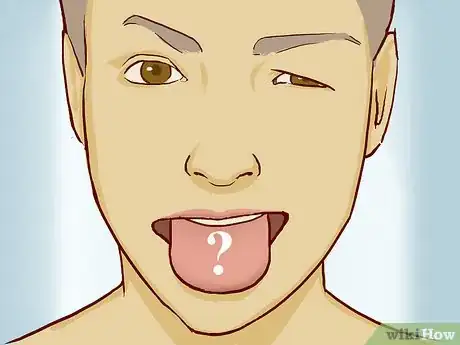

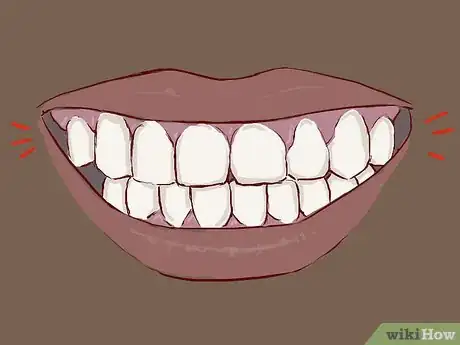
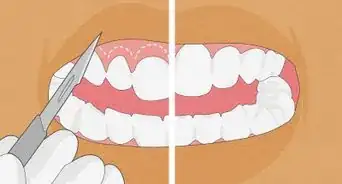

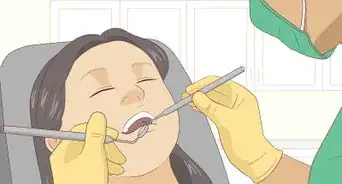
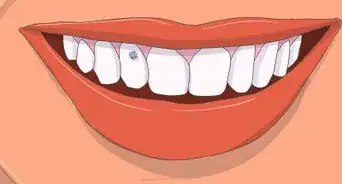

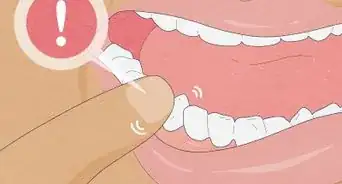



















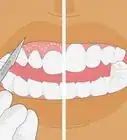
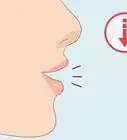
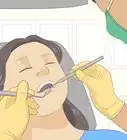




































Medical Disclaimer
The content of this article is not intended to be a substitute for professional medical advice, examination, diagnosis, or treatment. You should always contact your doctor or other qualified healthcare professional before starting, changing, or stopping any kind of health treatment.
Read More...